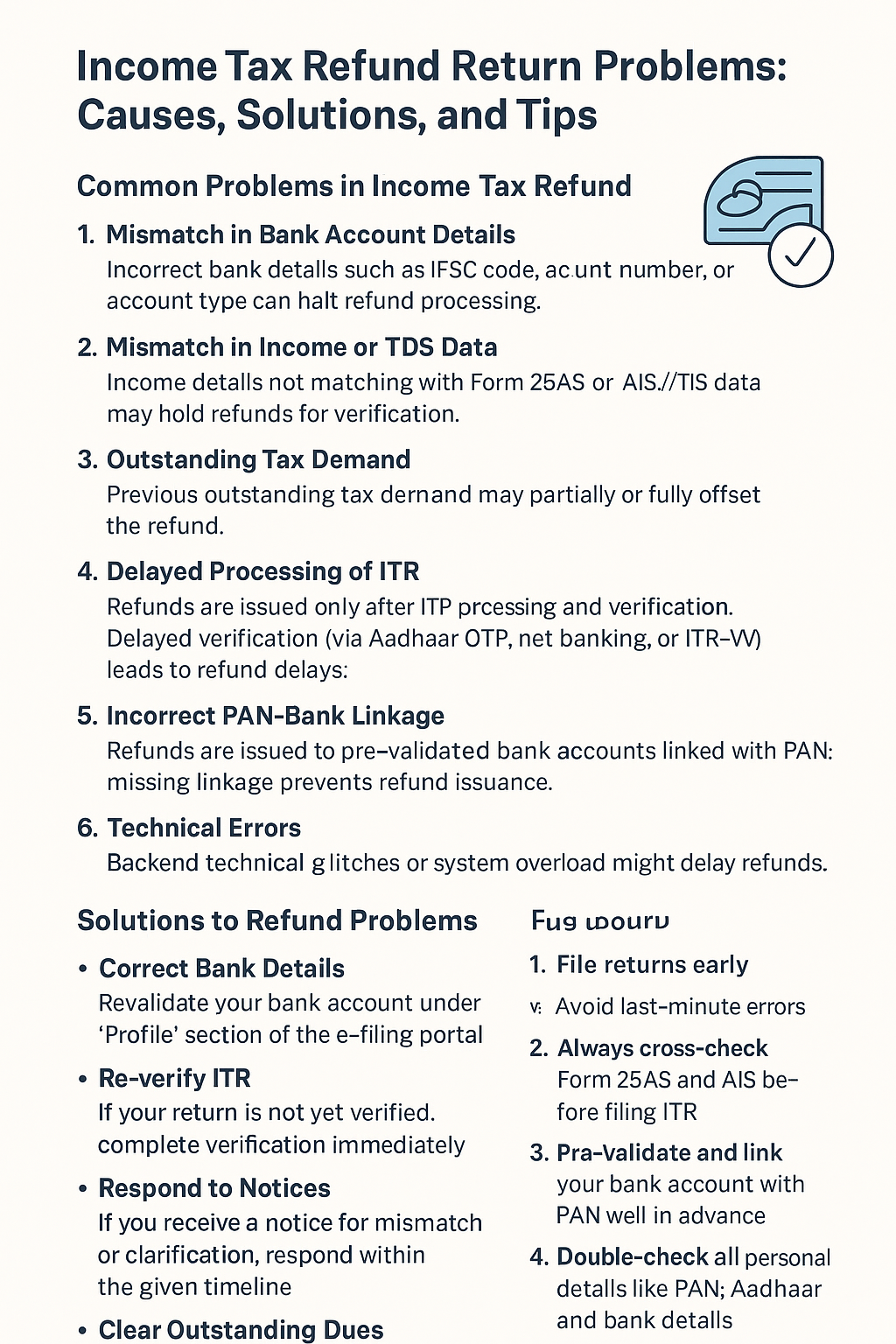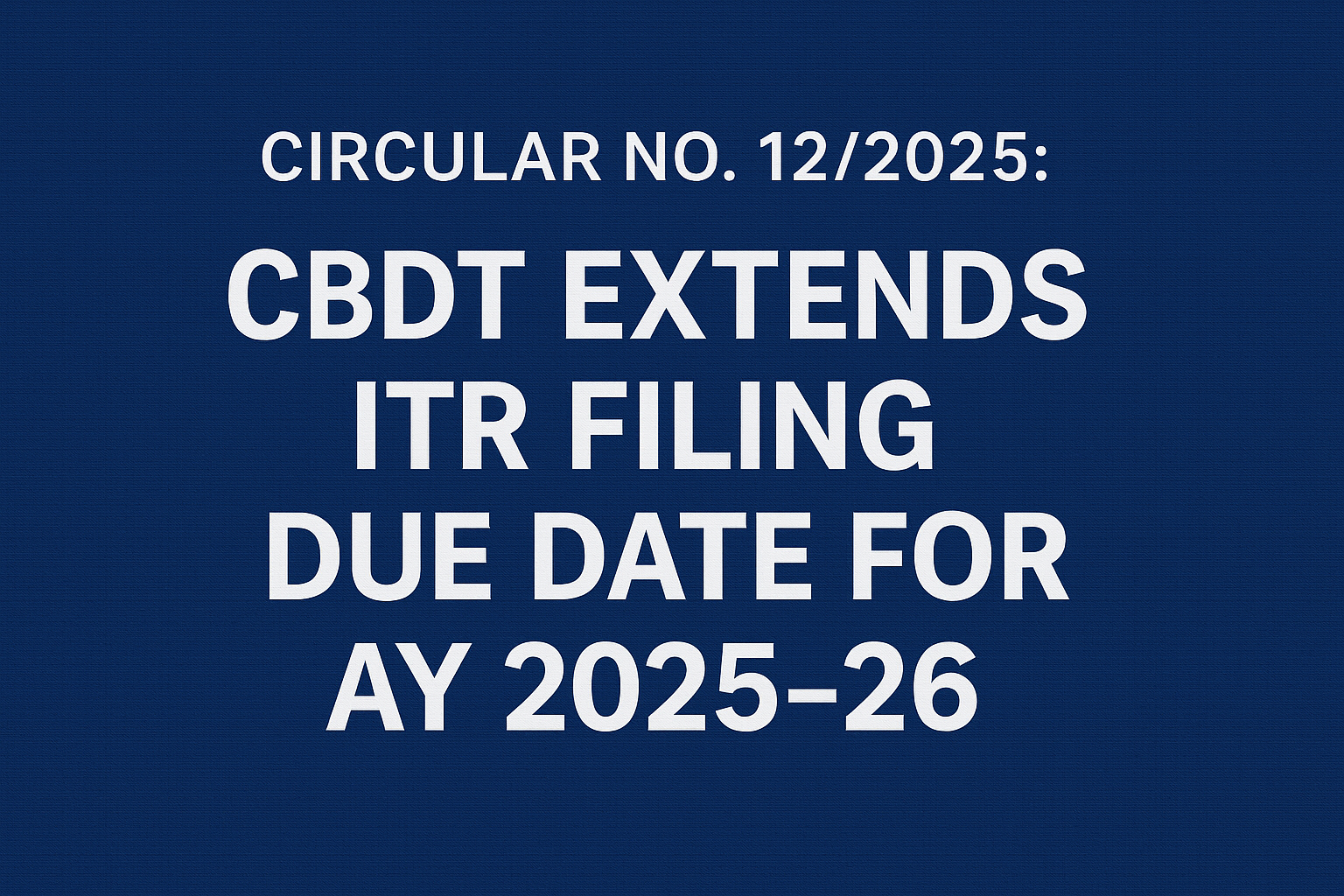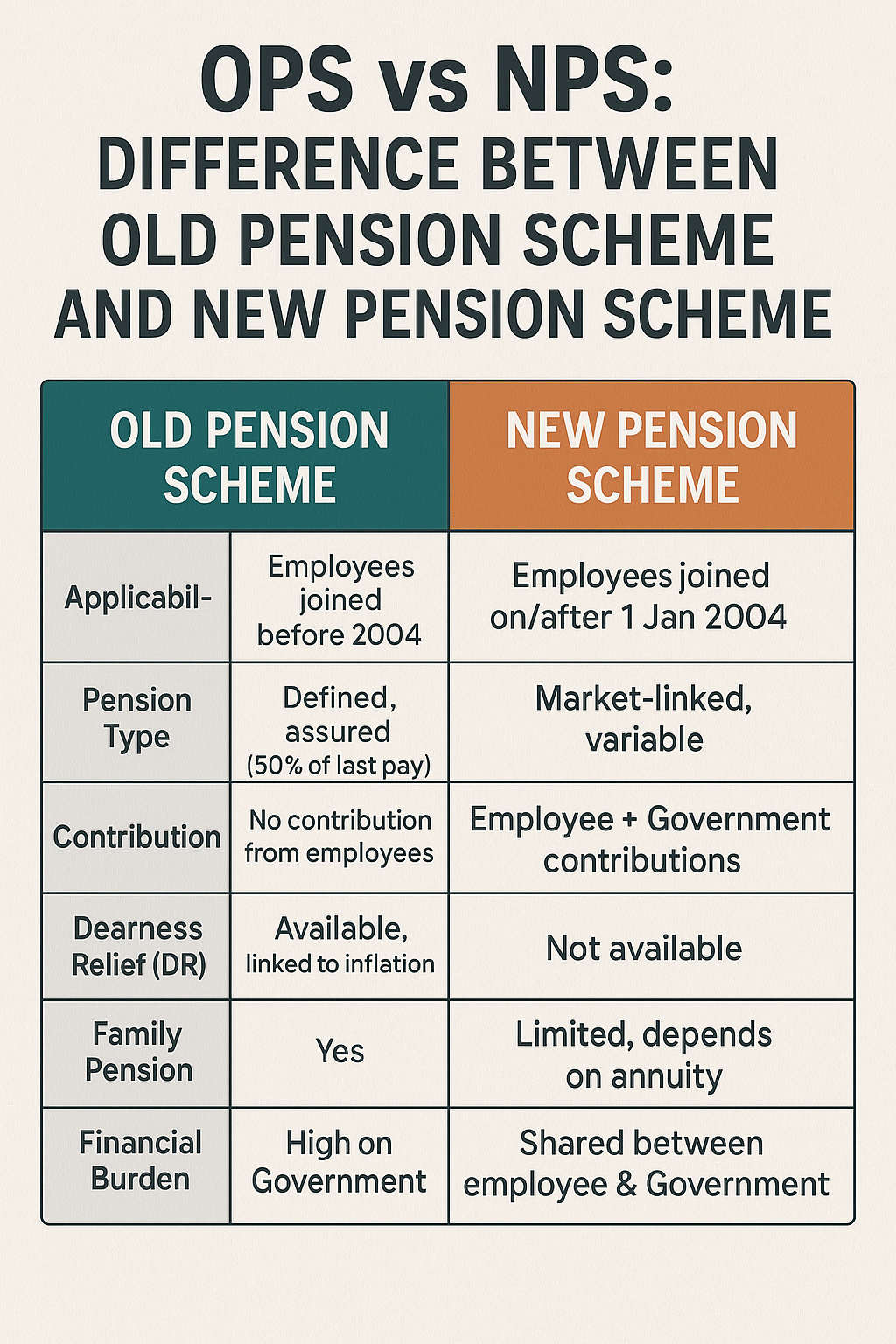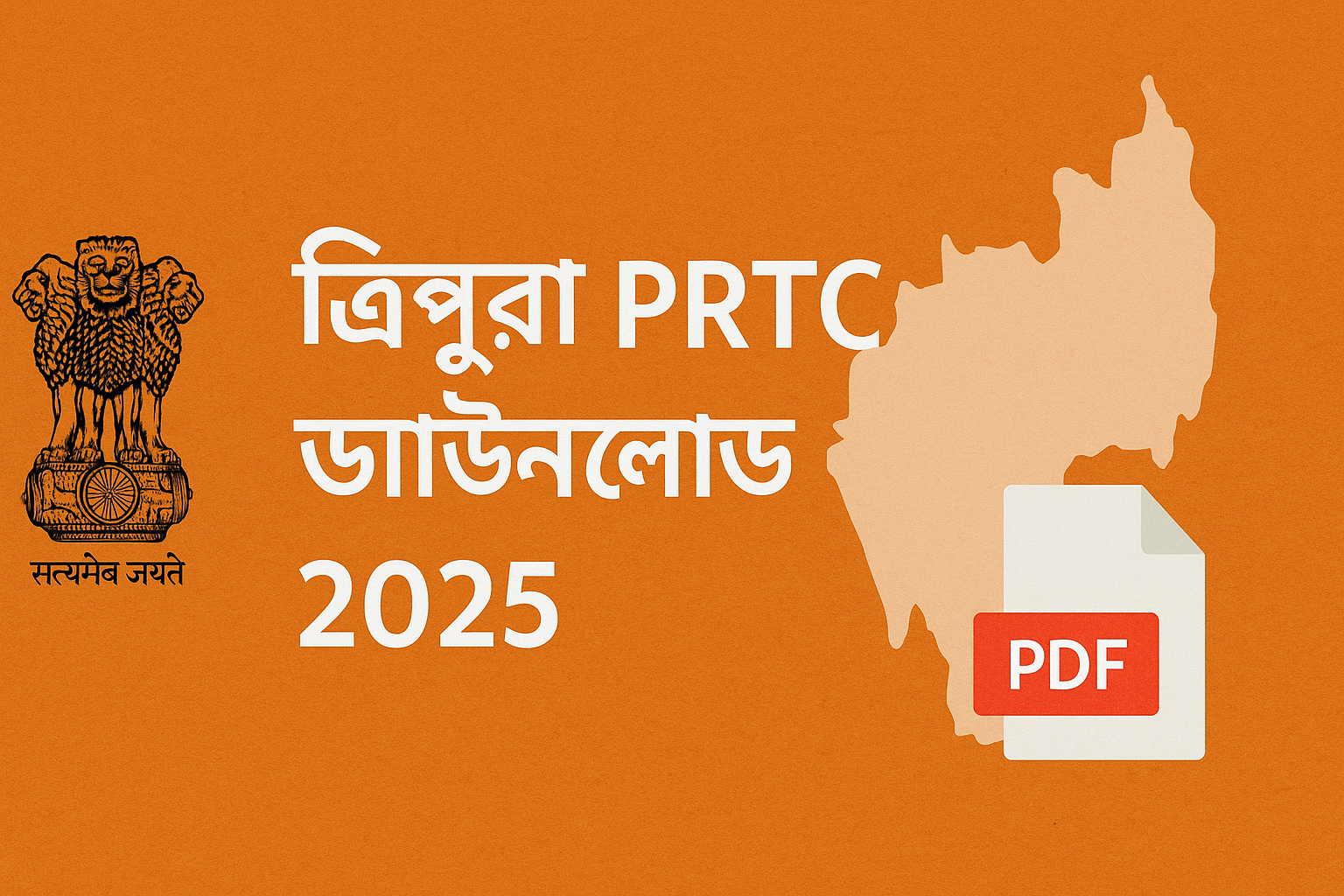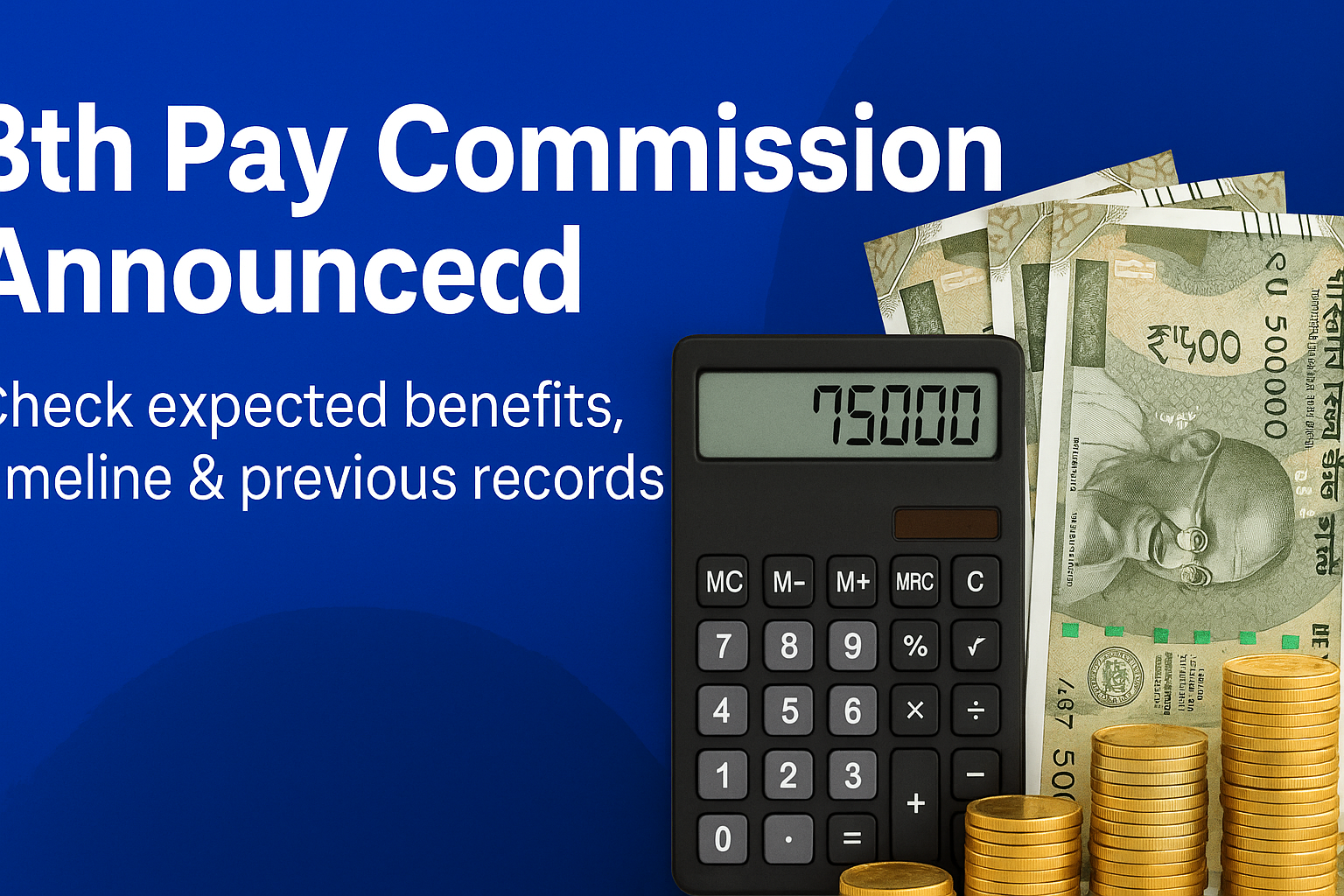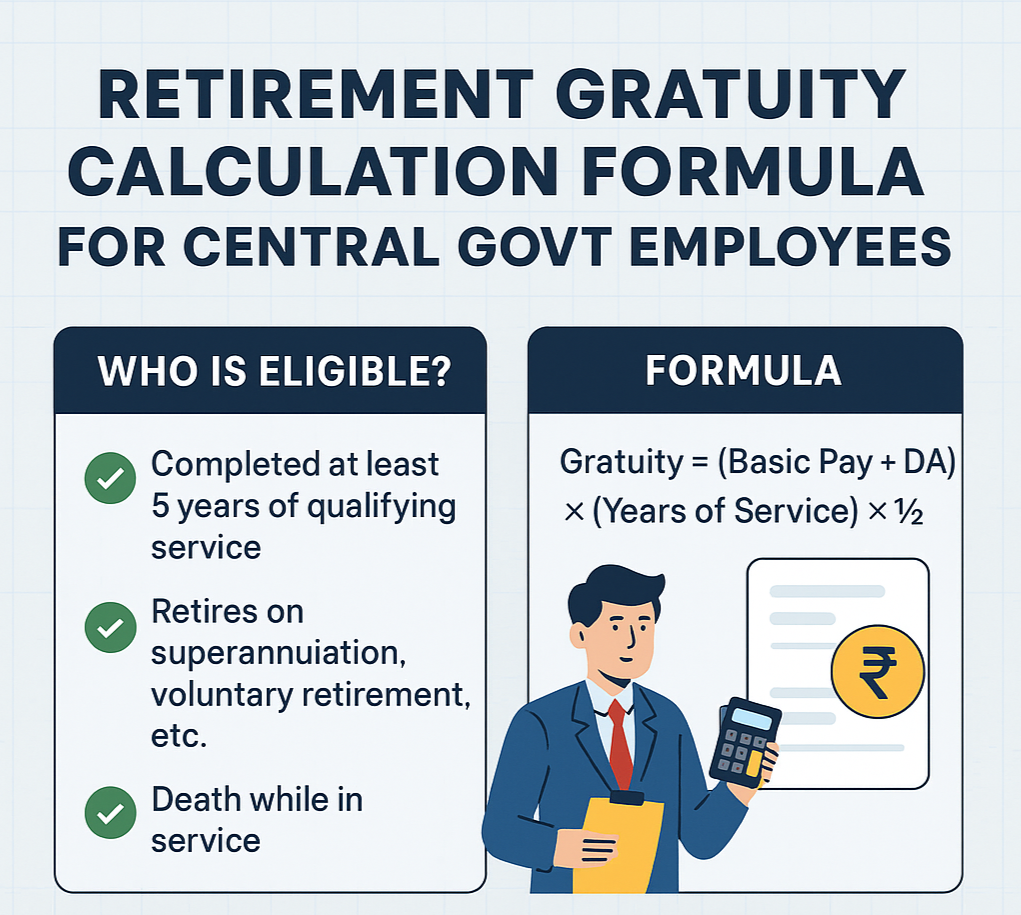GST 2.0 New Slab are effective from 22 September 2025
.jpeg)
GST New Slab: A Comprehensive Guide to India's Next-Gen Tax Reform
1. Introduction: The Dawn of GST 2.0
As of September 22, 2025, India ushered in a historic overhaul of its Goods and Services Tax (GST) system, marking a move that aims to simplify taxation and drive economic growth. The reform, dubbed GST 2.0, streamlines the taxation system with a cleaner, more intuitive structure—replacing multiple slabs with just two main rates and introducing a high-end “sin goods” bracket.
This article dives deep into what has changed, what it means for consumers and businesses, and why it matters.
2. What’s Changed: A Look at the New GST Slabs
2.1 From Many to Two—Plus a Luxury Tier
The previous GST structure—comprising 5%, 12%, 18%, and 28% slabs—is now streamlined to:
- 0% (exemption)
- 5% (merit rate)
- 18% (standard rate)
- 40% (new de-merit rate for sin and luxury goods)
2.2 Effective Date
All these changes are effective from 22 September 2025, coinciding with the start of Navratri.
3. What’s Now Cheaper—and What’s Costlier
3.1 Cheaper Essentials & Everyday Goods
-
Exempt (0%): Daily staples like milk, bread, roti/paratha, paneer, life-saving medicines, and personal health & life insurance now attract no GST.
-
5% Slab: Items such as hair oil, shampoo, soap, toothpaste, butter, ghee, cheese, namkeen, utensils, feeding bottles, napkins, diapers, and education supplies (pencils, maps, exercise books) are now taxed at 5%, down from 12%–18%.
-
Agriculture & Healthcare: Tractors, irrigation systems, diagnostic kits, thermometers, medical-grade oxygen, and glucometers have moved to 5% from higher slabs.
3.2 Everyday Durables & Services
-
18% Slab: This covers electronics (TVs, ACs, washing machines, refrigerators), small cars (<1200cc), motorcycles (<350cc), auto parts, cement, restaurant services, telecom, and financial services—many items dropped from 28% to 18%.
-
Mobile phones & laptops remain at 18%, unchanged.
3.3 Costlier Luxury & Sin Goods
- 40% Slab: Targeted at "sin goods"—like tobacco, pan masala, aerated drinks—and luxury items such as high-end cars, yachts, and helicopters.
4. Why This Matters: Economic and Social Impact
4.1 Boosting Consumption & Reviving Growth
By lowering taxes on essentials and durable goods, the reform is expected to improve household spending and stimulate consumption, especially ahead of the festive season.
4.2 Streamlining GST for Businesses
The new, simplified slab structure reduces compliance burden, improves refund speed, and facilitates smoother operations—especially benefitting MSMEs.
4.3 Political Strategy & Fiscal Trade-Offs
Though the government anticipates a revenue loss (around ₹48,000 crore or $5.5 billion), officials expect this will be offset by stronger demand. The reform is timely, with elections looming and consumer sentiment in focus.
5. Sector-Wise Impact: A Closer Look
| Sector | Key Benefits |
|---|---|
| Household Goods | Haircare, toiletries, dairy now cheaper |
| Food & Daily Needs | Staples like bread, insurance now exempt |
| Healthcare & Education | Medical devices, school supplies now cheaper |
| Domestic Appliances | TVs, ACs, cement, small vehicles gain relief |
| FMCG & Insurance | Packaged foods, policy premiums more affordable |
| Sin & Luxury Goods | Taxed more heavily—promoting welfare objectives |
Conclusion
India's GST revamp marks a paradigm shift—from a complex multi-slab system to a streamlined, more equitable tax structure. By reducing rates for essentials and durables while imposing heavier levies on luxury and sin goods, the reform aligns fiscal policy with social welfare and economic competitiveness.
This GST New Slab overhaul is more than a tax adjustment—it’s a tool to uplift consumer confidence, simplify business compliance, and guide India toward inclusive growth.

.jpeg)
.jpeg)
.jpeg)
.jpeg)
.jpeg)
.jpeg)




.jpeg)



